On Tuesday just after midnight U.S. Eastern time, the Trump administration is set to bring back a first wave of restrictions that had been waived under the Iran nuclear deal, an Obama-era agreement that gave Iran sanctions relief in exchange for curbs on its nuclear program. The new sanctions limit dealings in Iran’s currency and with its automotive industry. They also threaten U.S. penalties for banks that finance the precious-metals trade with Iran and against anyone who sells precious metals to the Iranian government.
And, as The Wall Street Journal reports, worries about a shaky economy and enticed by government sales of gold coins, Iranians have converted savings into gold recently even as prices skyrocketed.
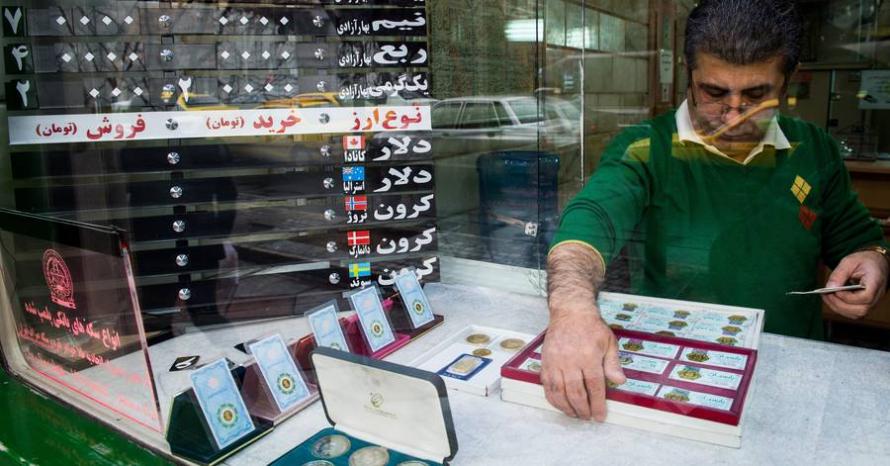
According to Bonbast, a site that tracks unofficial exchange rates, Iran’s currency, the rial, has seen a record weakening this year – currently trading at roughly 101,000 per U.S. dollar compared with about 43,000 in January.
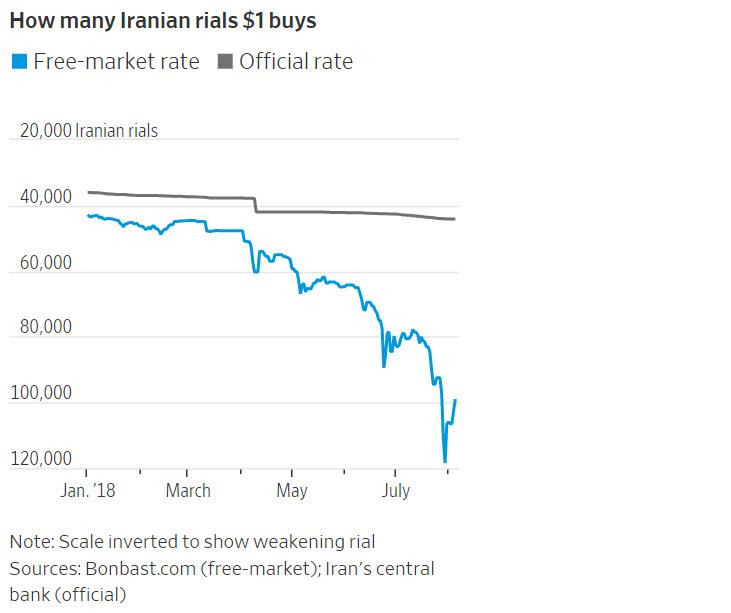
And this has sparked panic among Iranians, as The Wall Street Journal reports,they are hoarding gold as a safeguard against a collapsing local currency and soaring cost of living pushing the metal’s price to records in Tehran.
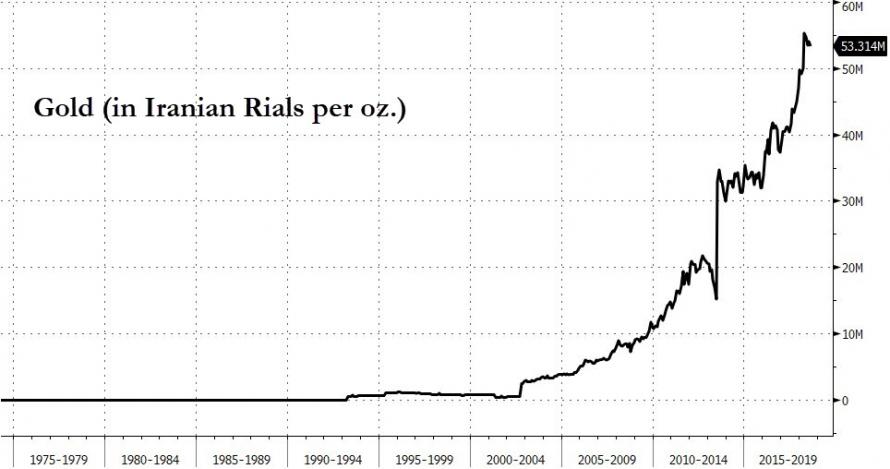
“People are changing their money into gold because it’s a reliable investment commodity,” said Mohammad Kashtiaray, the head of gold and jewelry committee under Iran’s Chamber of Guilds, a coalition of merchants.
Demand for gold bars and coins in Iran tripled year-over-year in the second quarter to about 15 metric tons, according to a World Gold Council report on Thursday. Iran’s central bank has minted hundreds of thousands of new coins – more than 60 tons of gold in total – to feed the demand. The move has had little impact beyond stoking more demand for the metal.
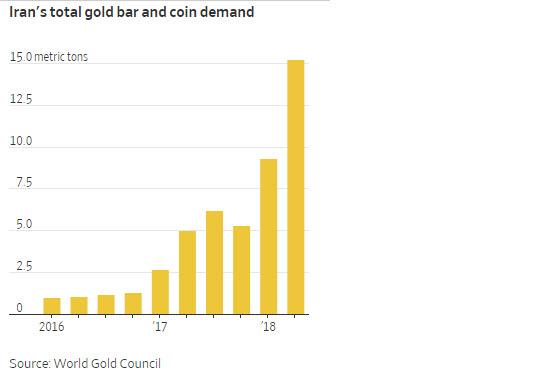
Gold prices in the country are soaring above ‘fair value’as The Wall Street Journal reports,, people have lined up outside banks this year to place advance orders for Emami coins in central bank auctions, where they are often priced at lower-than-market rates.

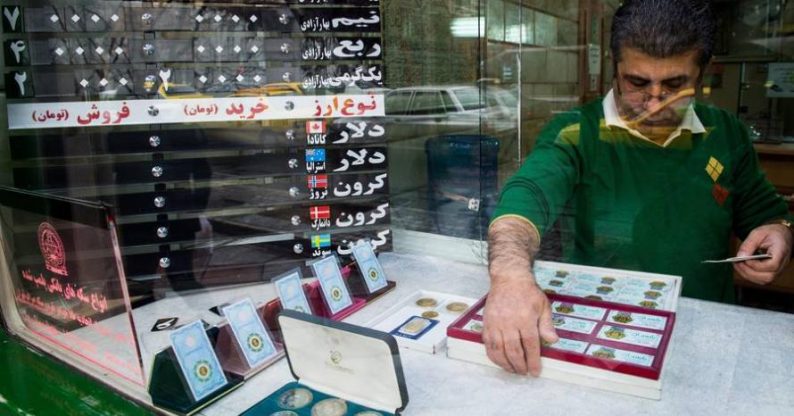











Leave A Comment